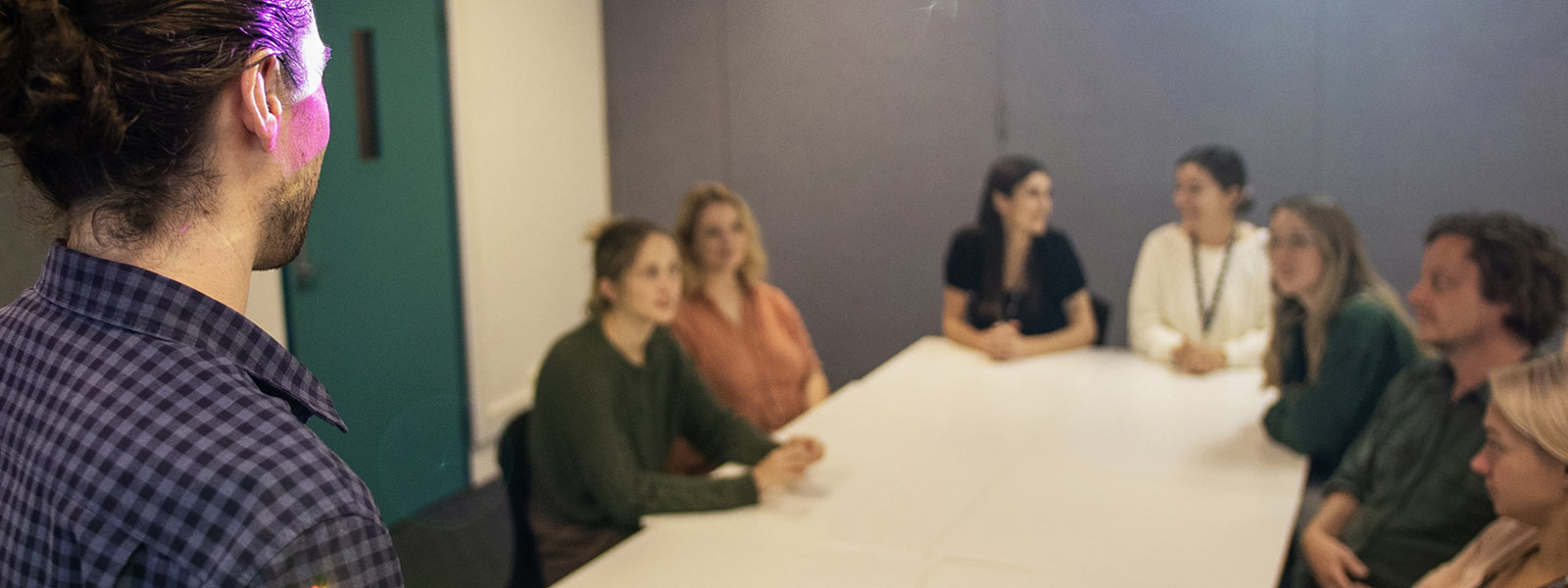
Learning Design and Teaching Innovation
What is it?
Brainstorming is listing as many ideas as possible about a topic. It allows you to discover what you already know and to draw connections between those ideas. You can brainstorm on your own or with others.
Why use it?
Brainstorming can be used to imagine connections to a topic or develop an idea, presentation or project. It can help to organise thoughts on related concepts and help narrow down the main themes in a topic. It can a useful activity for students to do when preparing to complete an assignment as it can help them organise their thoughts and plan their approach.
Brainstorming with a partner or in a small group is a good way to share understanding and generate new ideas. Everyone’s ideas are important, and it is critical that all ideas – however different they are – are included. When you brainstorm, it is important to feel free to record all your ideas.
How does it work?
Ask students to write down any ideas about a particular topic/issue/ problem. They can list single words, write in point form, or use diagrams or images. Using sticky notes allows students to move the ideas around and put them into themes.
Brainstorming can be extended to mind-mapping or concept-mapping for both individual and collaborative brainstorming. This is a way to visualise ideas and information to form connections and associations between ideas. There are many software resources available that facilitate online brainstorming. (Eg PollEverywhere, Mentimeter, Padlet)
Where to find resources?
- McGill Teaching: Brainstorming https://youtu.be/jUH-ska4_gc
- Monash University: How to mindmap https://youtu.be/fFRY702xaqA

Acknowledgement
This resource is based on the “Not a waste of space” project materials produced by RMIT University and the University of Melbourne, with the support of the Australian Government Office for Learning and Teaching. Used under a Creative Commons Attribution-ShareAlike 3.0 Unported License. Except where otherwise noted, this content is licensed under a Creative Commons Attribution-ShareAlike 4.0 International License.

The University of Newcastle acknowledges the traditional custodians of the lands within our footprint areas: Awabakal, Darkinjung, Biripai, Worimi, Wonnarua, and Eora Nations. We also pay respect to the wisdom of our Elders past and present.
